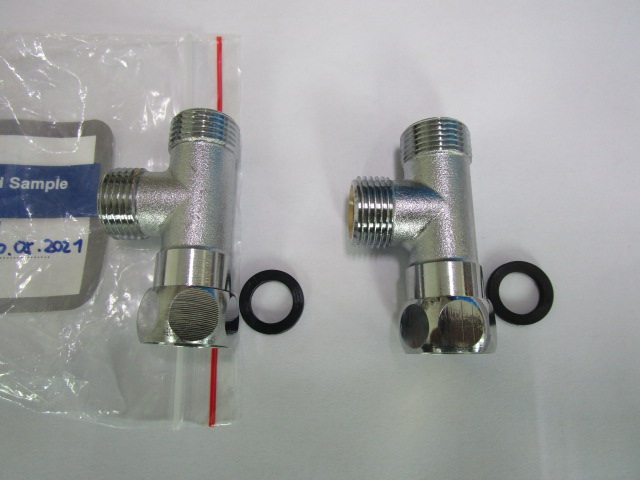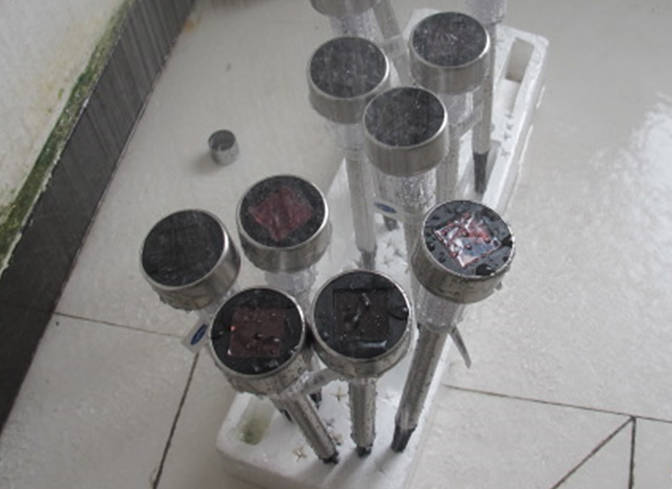
In the realm of outdoor lighting, ensuring longevity and performance against the elements is paramount. This necessity brings to the forefront the critical roles of waterproof ratings and stringent pre-shipment inspections, both pivotal components of comprehensive electrical quality control. In this detailed exploration, we’ll delve into the essence of these aspects, providing insights and practical advice to manufacturers, distributors, and consumers alike.
The Importance of Waterproof Ratings in Outdoor Lighting
Outdoor lighting fixtures are subjected to a variety of weather conditions, from heavy rainfalls to snow and even high humidity. To withstand these conditions without succumbing to water damage, outdoor lights must possess appropriate waterproof ratings. These ratings, typically encapsulated by the Ingress Protection (IP) system, offer a clear indication of a fixture’s resilience against environmental factors.
Understanding IP Ratings
The IP rating system comprises two digits: the first reflects the fixture’s resistance to solid particles such as dust, while the second denotes its defense against liquids. For outdoor lighting, the focus primarily lies on the second digit, with ratings ranging from IPX0, offering no protection, to IPX8, indicating the ability to withstand continuous submersion under specific conditions.
A common waterproof rating for outdoor lighting is IP65, which guarantees protection against dust ingress and low-pressure water jets from any direction—a suitable choice for general outdoor use. For fixtures installed in more demanding environments, such as near bodies of water, a higher rating like IP67 or IP68 is advisable, ensuring complete protection against dust and the capability to endure immersion.

Electrical Quality Control: Pre-Shipment Inspection Steps
Pre-shipment inspection forms a critical phase in the electrical quality control process, designed to ensure that outdoor lighting fixtures meet specified quality standards and are ready for delivery to consumers. This meticulous evaluation encompasses several key steps:
Visual Inspection
The first step involves a thorough examination of the physical and aesthetic aspects of the lighting fixtures. Inspectors check for any external defects, proper assembly, and compliance with the design specifications. This stage is crucial for identifying any issues that could affect the fixture’s performance or safety.
Verification of Waterproof Ratings
Specialized tests are conducted to verify that the fixtures indeed meet their advertised waterproof ratings. This might involve water immersion tests for fixtures rated IP67 or higher, or water jet tests for those with lower ratings. These assessments are essential to confirm that the fixtures are aptly designed and manufactured to withstand their intended environmental conditions.
Functional Testing
Functionality tests are pivotal, ensuring that each lighting fixture operates as intended. This includes checking for proper illumination, color accuracy, and, if applicable, sensor functionality. Such tests ascertain that customers will receive products that not only meet their expectations but also adhere to safety and performance standards.
Safety Checks
Electrical safety is paramount, necessitating checks for insulation resistance, earth continuity, and the correct functioning of protective devices. These assessments help prevent electrical hazards, ensuring that the fixtures are safe for installation and use in their destined outdoor settings.
Packaging and Labeling Verification
Inspectors also review the packaging and labeling of the fixtures to ensure they offer adequate protection during transit and include all necessary information. Proper packaging is crucial to prevent damage, while accurate labeling facilitates ease of installation and compliance with regulatory requirements.
Conclusion: Elevating Outdoor Lighting Standards
Incorporating rigorous waterproof rating assessments and pre-shipment inspections under the umbrella of electrical quality control is indispensable for elevating the standards of outdoor lighting fixtures. By understanding and implementing these critical evaluations, manufacturers and distributors can significantly reduce the risk of product failures and enhance customer satisfaction.
As the industry continues to evolve, the emphasis on such quality control measures becomes ever more critical. Through adherence to these practices, stakeholders can assure the delivery of outdoor lighting solutions that not only illuminate spaces but do so reliably and safely, regardless of the environmental challenges they may face. This commitment to quality and resilience is what will drive the future of outdoor lighting, ensuring that products not only meet but exceed the expectations of consumers around the globe.




